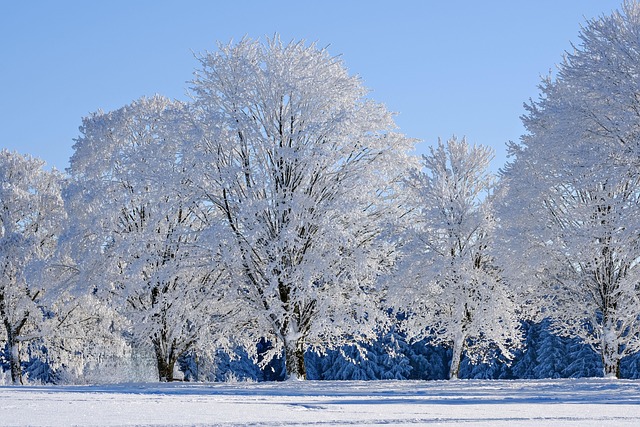Embracing the Chill: 10 Essential Winter Range Maintenance Tips for a Healthy Landscape
As the winter air settles and blankets the landscape in frost and snow, the challenges of managing a healthy range intensify. Winter range maintenance is not just a seasonal task—it’s a crucial practice that ensures the vitality and resilience of your land through the colder months and into the thaw of spring. For ranchers, landowners, and range enthusiasts alike, mastering winter care techniques can make the difference between a thriving ecosystem and one that struggles to recover.
1. Assess and Repair Water Sources
Water availability is critical, especially in winter when sources can freeze or become scarce. Regularly check wells, troughs, and natural springs to ensure they remain accessible and clean. Using heated waterers or insulated covers can prevent freezing and encourage livestock hydration.
2. Manage Stocking Rates Wisely
Overgrazing during winter can severely damage forage plants and soil structure. Adjust stocking rates based on forage availability and encourage rotational grazing to preserve vegetation coverage and prevent erosion.
3. Protect and Preserve Forage Plants
Winter stresses plants; minimizing disturbances such as excessive foot traffic or mechanical damage helps maintain plant vigor. Leaving adequate residual forage promotes regrowth when spring arrives.
4. Utilize Mulching and Cover Crops
Applying mulch or planting cover crops can reduce soil erosion, improve moisture retention, and provide extra feed sources. These practices enhance soil health and protect root systems during freezing temperatures.
5. Monitor Soil Health Continuously
Soil compaction and nutrient depletion in winter can hinder plant recovery. Test soil periodically and apply organic amendments or fertilizers as needed to maintain fertility.
6. Maintain Fences and Infrastructure
Winter weather can weaken fences and other range infrastructure. Regular inspections and timely repairs are vital to prevent livestock escapes and damage from heavy snow or ice buildup.
7. Manage Wildlife Interactions
Wildlife often competes with livestock for forage during winter. Implement strategies to deter overuse, such as creating designated feeding zones or using deterrents, to maintain balance in the range ecosystem.
8. Prepare for Snow Load and Ice Accumulation
Heavy snow or ice can damage trees and shrubs that provide shelter and forage. Prune when necessary and clear paths to reduce snow load stress on vegetation.
9. Maintain Access Paths and Roads
Ensure paths remain clear and passable for both people and equipment. This facilitates ongoing maintenance, emergency access, and efficient livestock movement.
10. Plan Ahead for Spring Recovery
Document winter observations and develop a spring action plan. Understanding what worked and what didn’t during your winter range maintenance allows you to refine strategies and optimize land health year-round.
Winter range maintenance may seem daunting amidst harsh weather, but thoughtful attention to these key areas safeguards the long-term productivity and ecological balance of your landscape. Embrace winter as a season of stewardship, ensuring your range thrives come spring and beyond.




